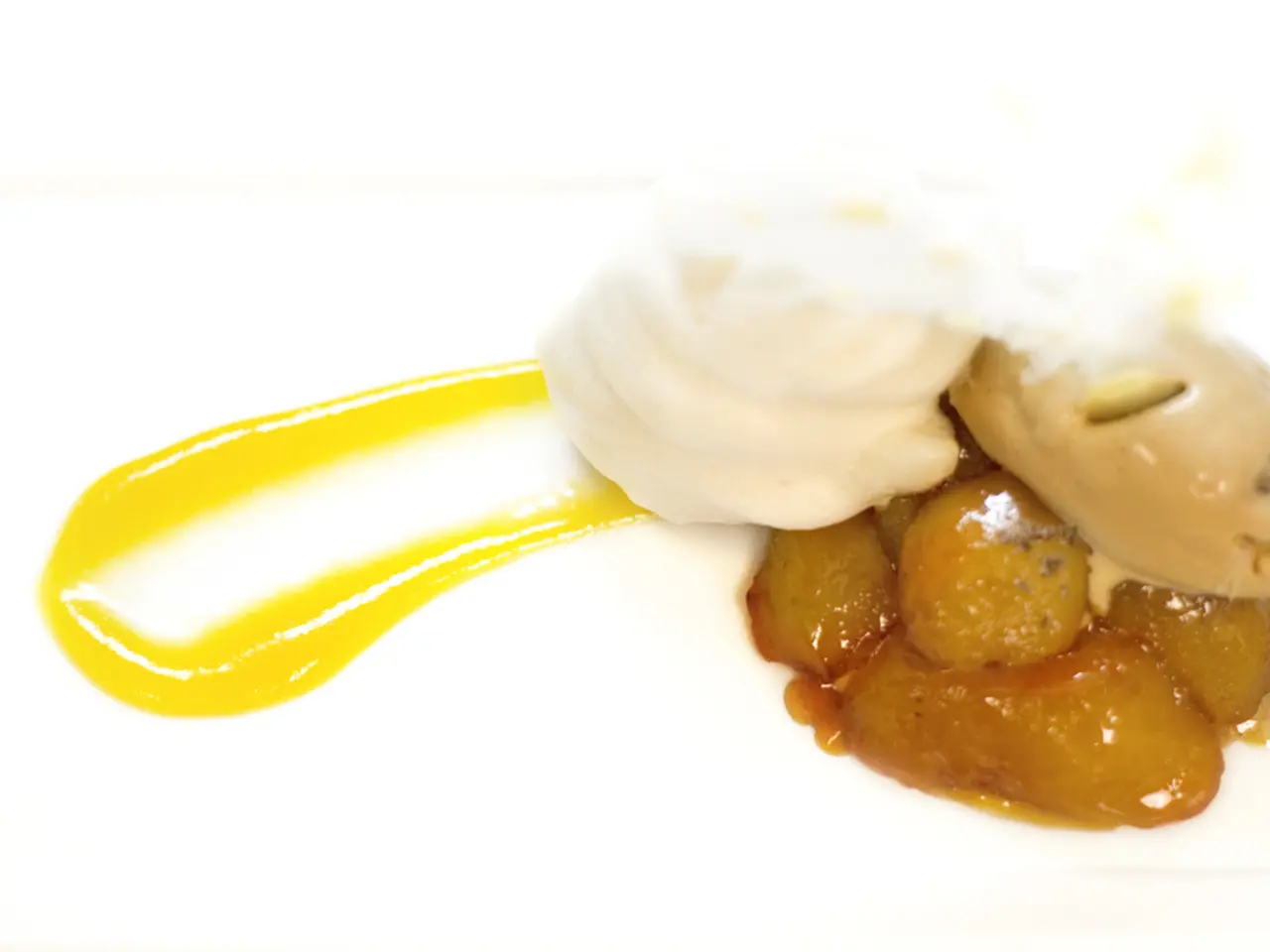Uncovering the Roots of Asia's Affinity for Frozen Desserts: The Influence of an Antique Confectionery
Falooda, a popular dessert in the Indian subcontinent, is not just found in fancy restaurants but can be savoured at roadside stalls, train stations, night markets, and beach kiosks. Its regional variants extend to Mumbai's Mohammed Ali Road and Delhi's old lanes. But the story of falooda doesn't begin in India; it has roots that stretch back to Persia.
Faloodeh, a traditional Persian frozen dessert, originated in Iran during the Achaemenid Empire, around 400 BCE. Over time, faloodeh travelled eastward along the Silk Road, being carried in the caravanserais of traders and infused into Mughal kitchens. In the Indian subcontinent, faloodeh morphed into falooda under the Mughals, and became richer and more layered.
Falooda's essence can be found in other icy, chewy, sweet desserts across Asia, such as tub tim grob in Thailand, cendol and dawet in Malaysia and Indonesia, and halo-halo in the Philippines. These desserts all share similarities with falooda in combining starch-based noodles or jelly, sweetened liquids, and often coconut milk or milk, flavoured with local ingredients like pandan, mung beans, or tropical fruits.
Vietnam's chè bà ba is a coconut milk-based dessert soup from the Mekong Delta, featuring taro, cassava, mung beans, and chewy tapioca pearls, and is often chilled with ice. The dessert tub tim grob's charm lies in the burst and chew of the red water chestnuts, much like the slippery noodles of faloodeh or falooda. Cendol's striking green color comes from the juice of pandan leaves, a fragrant staple across Southeast Asian kitchens, similar to faloodeh's rosewater and falooda's basil seeds.
Halo-halo from the Philippines is an exuberant concoction of various fruits, beans, jellies, shaved ice, and evaporated milk, topped with leche flan and ube ice cream. Arguably the most maximalist of all Southeast Asian desserts, halo-halo's current form resembles falooda in spirit: a mashup of colonial influence, indigenous ingredients, and culinary audacity.
In summary, the historical and cultural connection is a trajectory of culinary diffusion from Persia through India and into Southeast Asia, with local adaptations at each stage shaped by available ingredients and tastes. These desserts illustrate an evolving culinary tradition of noodle/jelly-based iced sweets with syrup and milk, originating from Persian faloodeh, adapted in India as falooda, and further diversified in Southeast Asia as chè bà ba, tub tim grob, cendol, dawet, and halo-halo.
Food-and-drink bloggers exploring global cuisines may find it interesting to delve into the rich history and cultural connections of icy, chewy, sweet desserts like falooda, which originated in Persia during the Achaemenid Empire. News about these desserts can extend to lifestyle and travel segments, as they showcase how traditions like faloodeh have traveled along the Silk Road, been infused into Mughal kitchens in India, and evolved into regional variants such as falooda. These desserts, including tub tim grob, cendol, and halo-halo, can be savored during culinary travels across Asia, offering tantalizing tastes of the diverse food-and-drink offerings in India and Southeast Asia.





